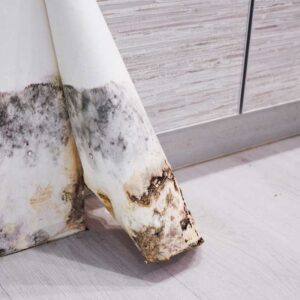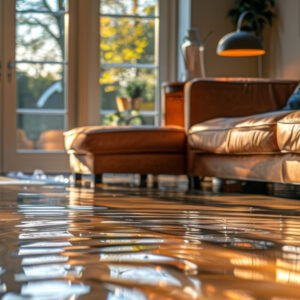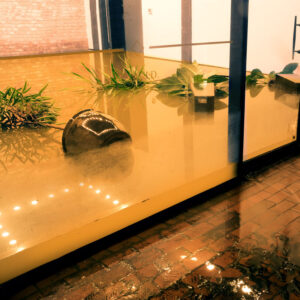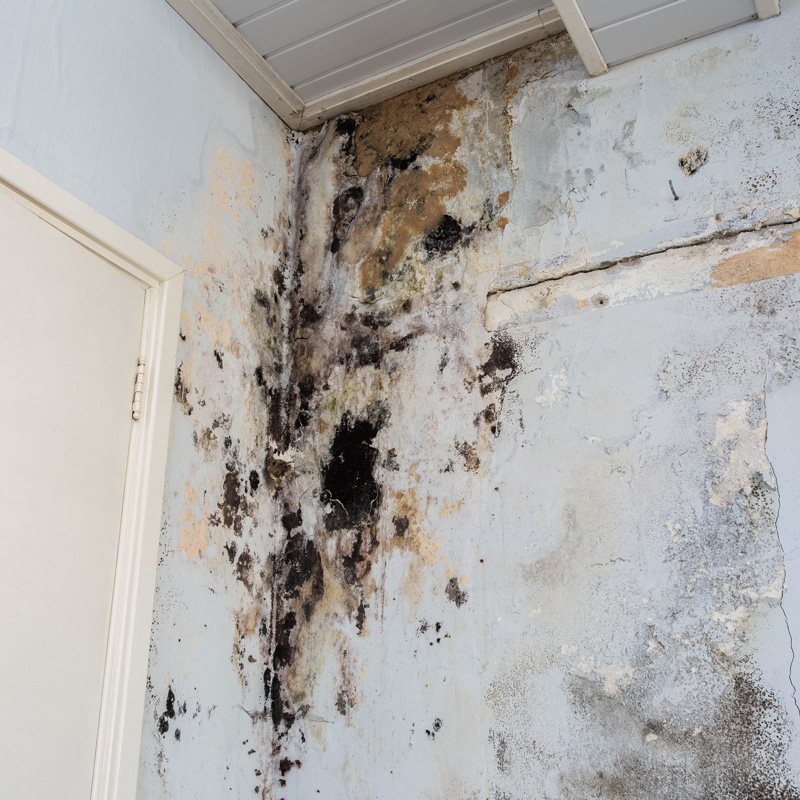Is that Mold in your Colorado home?

Mold Surface Test
Mold isn’t always airborne—it often grows on surfaces where moisture is present. Our surface mold testing identifies contamination on walls, ceilings, furniture, and HVAC components, helping you determine if remediation is necessary. Get fast, reliable results in Colorado without the high cost.

Mold Air Test
Just because you can’t see mold doesn’t mean it’s not affecting your air quality. Our mold air testing detects airborne mold spores to assess contamination levels and potential health risks. If you suspect hidden mold, this test provides the clarity you need.ATP
Mold Inspection vs. Mold Testing: Understanding the Difference
When dealing with mold concerns, it’s important to understand the difference between mold inspection and mold testing. While both address mold issues, they focus on different aspects.
At Integrity Environmental Testing & Consulting (IET), we specialize in mold testing services to ensure your environment is safe and healthy.
What is Mold Inspection?
Mold inspection involves a visual assessment to identify visible mold and moisture sources. Certified Mold Inspectors:
- Examine mold-prone areas like basements, crawl spaces, and attics.
- Look for visible signs of mold or moisture damage.
- Use tools like moisture meters and thermal imaging cameras to detect hidden moisture.
- Identify potential mold-prone areas for further attention.
- “Visual inspection” is often an unnecessary step. We use these tools and more to help you understand your exposure.
If you’re concerned about mold, a visual inspection won’t reveal your exposure levels and often leads to air and surface mold testing anyway.
We focus on testing—to provide clear, actionable results on indoor mold contamination.
What is Mold Testing?
Mold testing goes beyond the visual inspection by collecting and analyzing samples from the affected environment. While it confirms the presence of mold and can measure the concentration of mold spores in the air or on surfaces, it can also get very detailed depending on your needs.
Mold Test Kits and Other Testing Methods
*Never use DIY (Do-It-Yourself) mold testing kits that can be purchased online and in some stores. Here’s why: Because airborne mold is a natural part of nature, and as a result some of that airborne mold will of course settle into the ‘collection’ container and show mold. That does not answer the more important question, “is the level/type of airborne mold in my home normal or abnormal?“.
*Never use ERMI testing: The ERMI scale for estimating mold contamination was developed for use in research studies related to mold exposure and health impacts. ERMI has been peer reviewed for research purposes but has not been validated for non-research purposes. For this reason, EPA does not recommend the routine public use of ERMI in homes, schools, or other buildings

Always Free Phone Consultations

Call Now!
We’ll Call You!
Certified professionals – experts in environmental hazards – are ready to answer your environmental testing questions.
TESTING FOR MOLD & MOLD REMEDIATION: CAUTION
*Store bought mold testing kits are a waste of money. They do not tell you if the level of mold present is normal or abnormal. They only tell you mold is present and of course there is going to be mold present, because airborne mold is everywhere and natural.
*ALWAYS hire a professional Restoration company to do mold removal or water damage dry out. NEVER try to do it yourself.
*It is a serious conflict of interest for a testing company to do mold removal or for a mold removal company to do its own testing. NEVER hire a restoration company who offers to do the testing for you to “help you out” or to “save you money”.
*Regardless of what you suspect or smell, the airborne mold levels always vary from room to room. Therefore, if you are not going to test every room do not waste your money testing any room.
*Unless you have a specific mold allergy diagnosed by a doctor, knowing the specific type of mold does not have value as all mold is remediated the same way. Knowing whether or not you are being exposed to abnormal levels of airborne mold is far more valuable.




